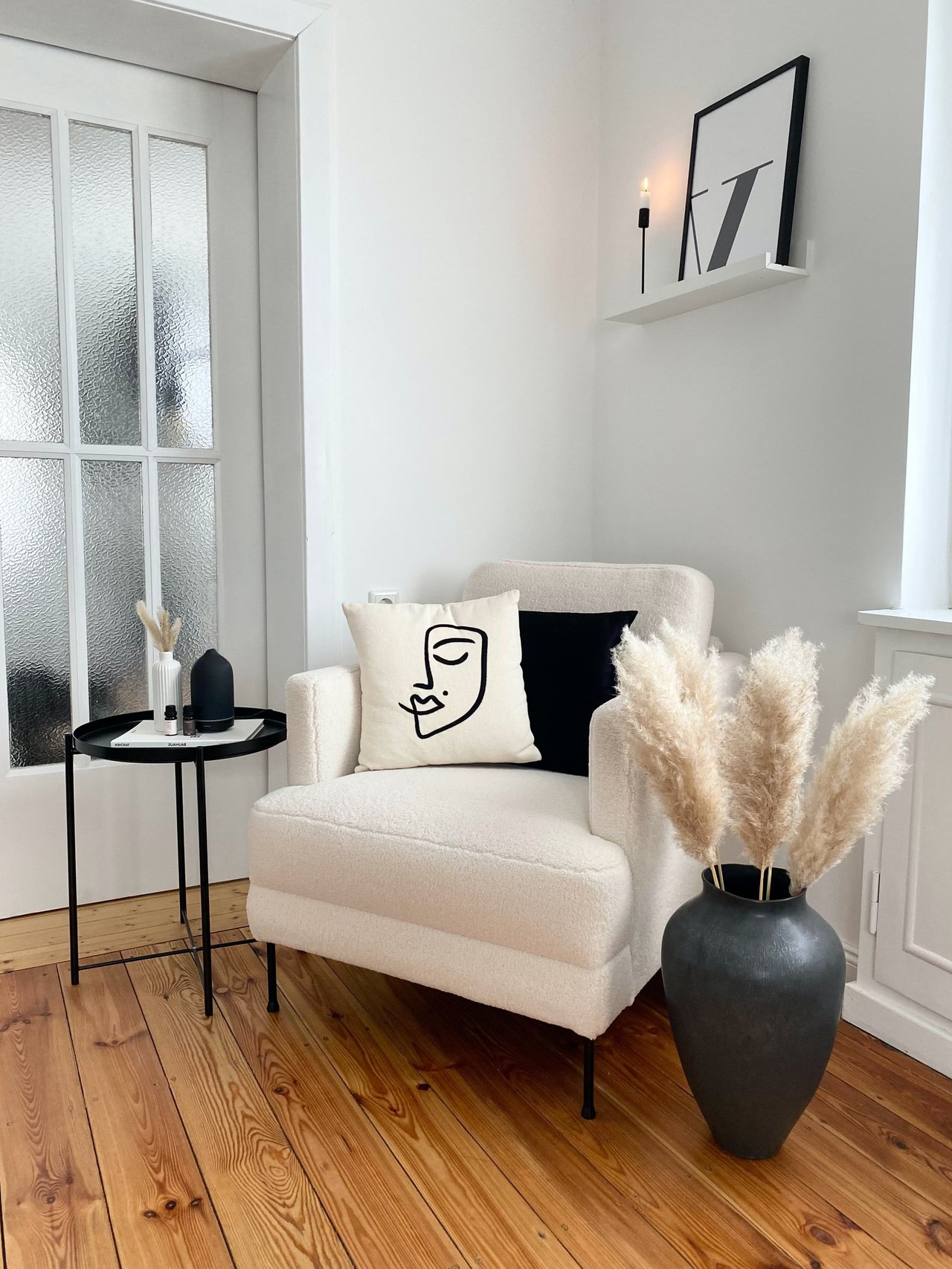
Step 1: Determine Whether or Not You Are Ready To Buy a Home
-
Income & Employment Status - your lender will want to see how much money you make, your work history, and reliable income sources.
-
Debt-to-Income Ratio - this is used to evaluate your loan application & helps your lender to see how much mortgage debt you are able to take on.
-
Liquid Assets - cash funds readily available to pay for a down payment and closing costs in addition to paying for regular living expenses.
-
Credit Health - Take steps to improve your credit score & reduce your debt to prepare for a mortgage. Better numbers mean better loan options with lower interest rates.
-
Timing - Decide whether it is a good time to buy a house or not depending on your personal life and market conditions like economic health & current mortgage rates.












